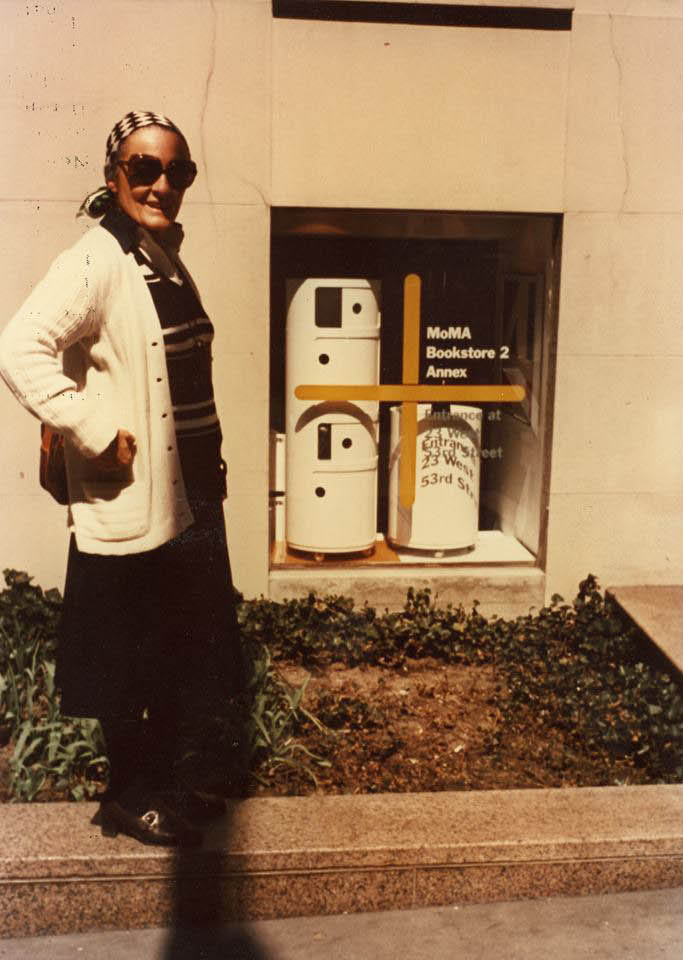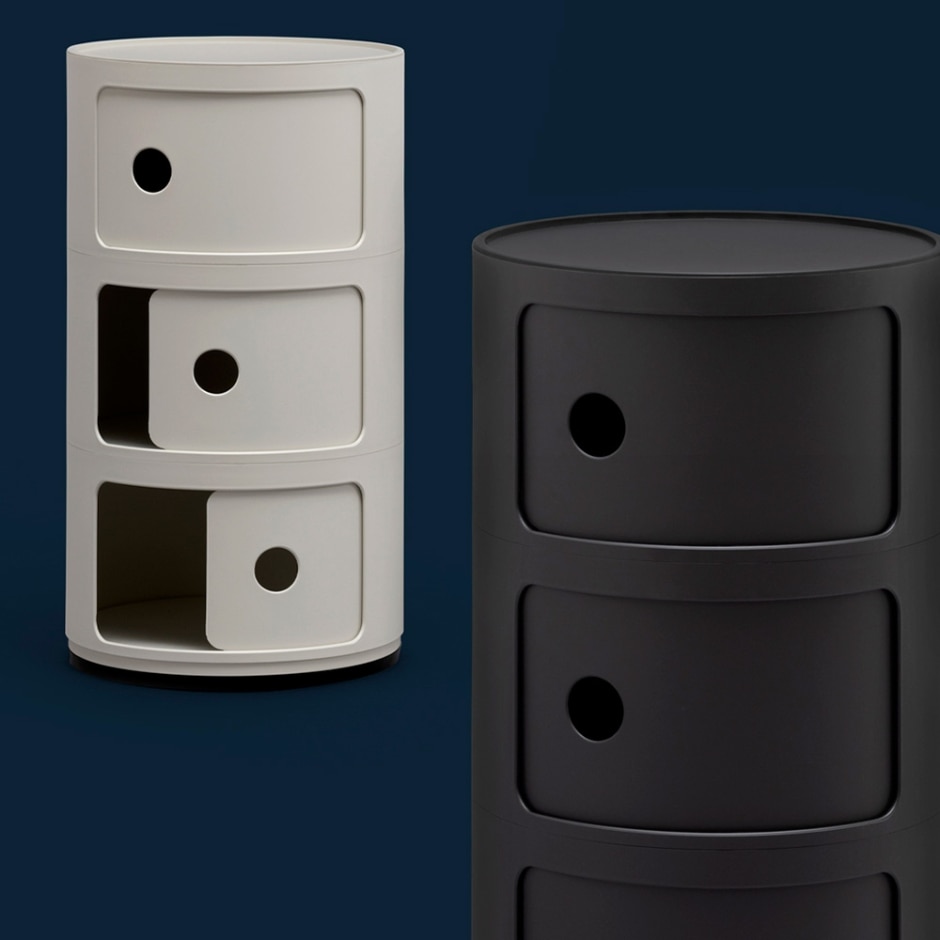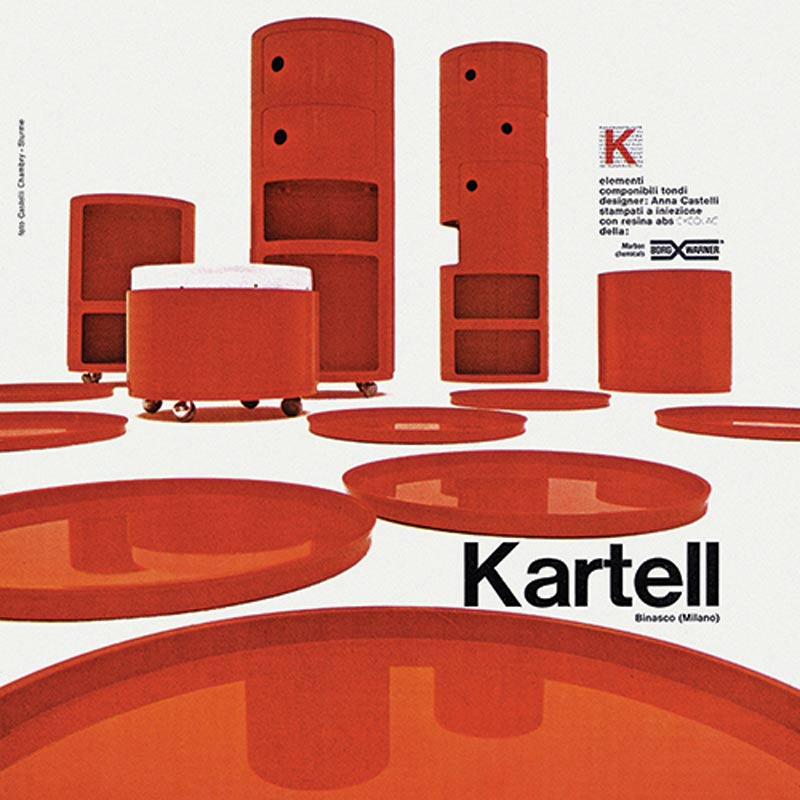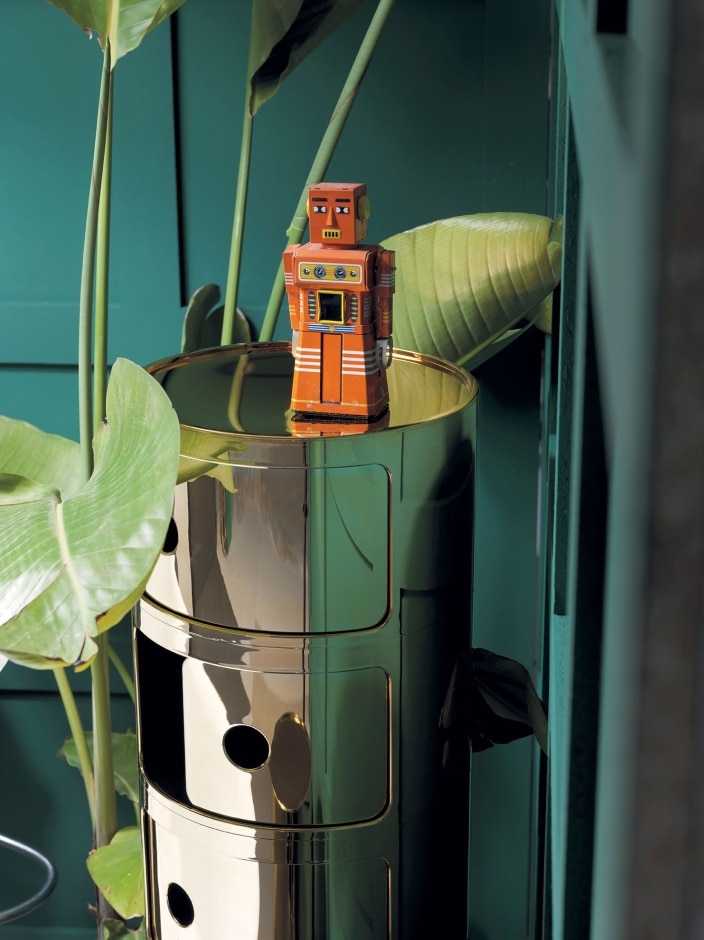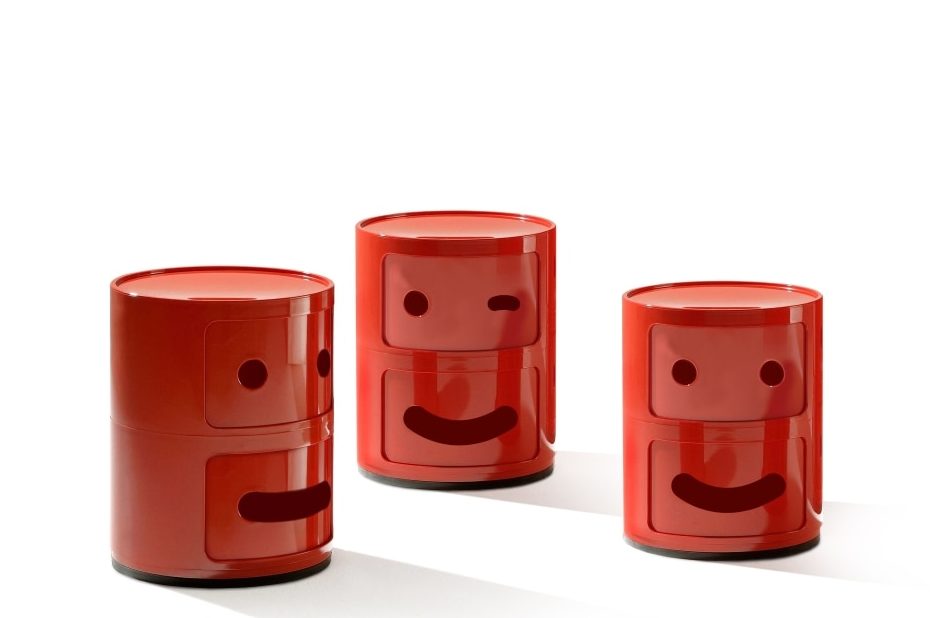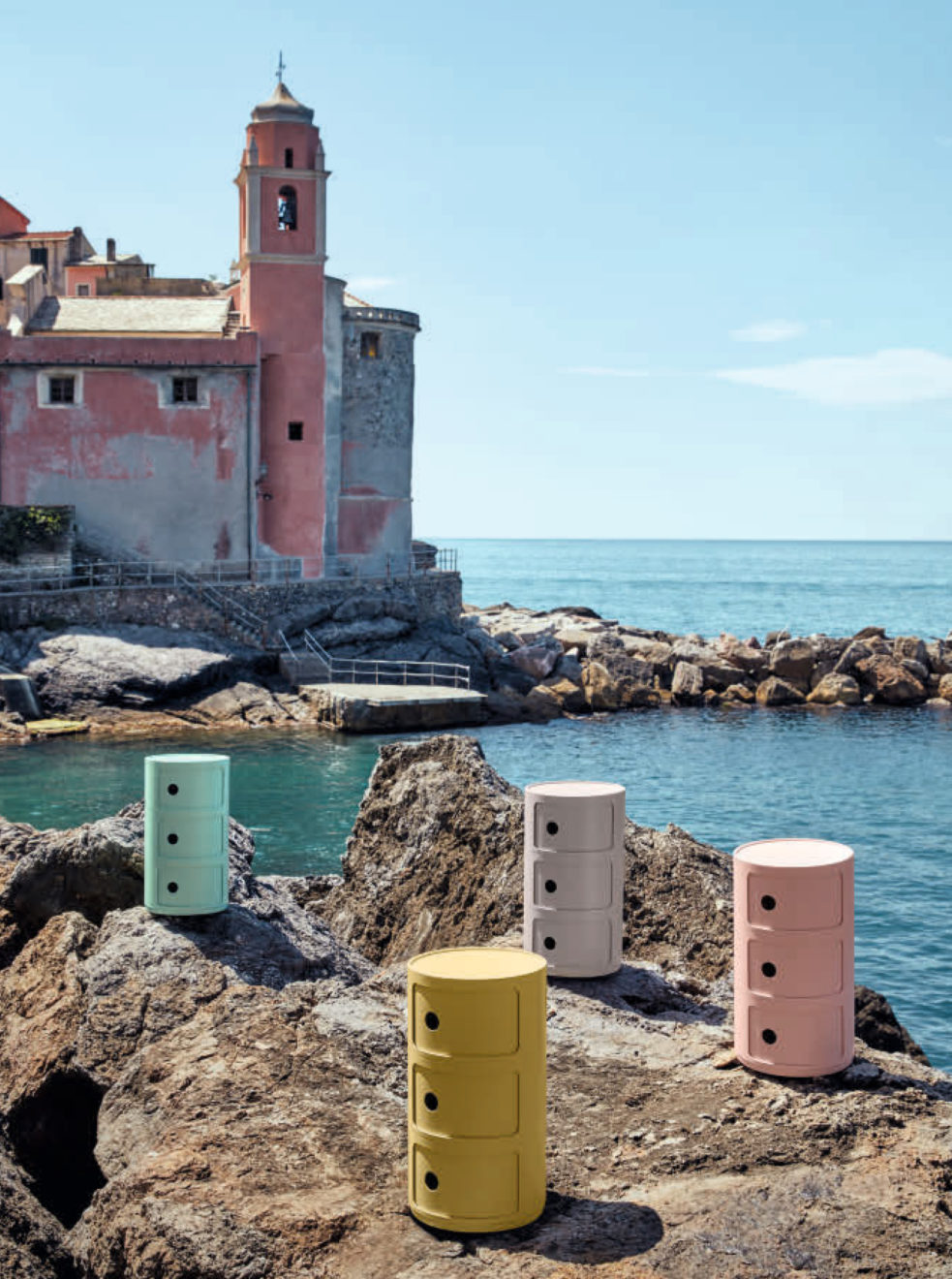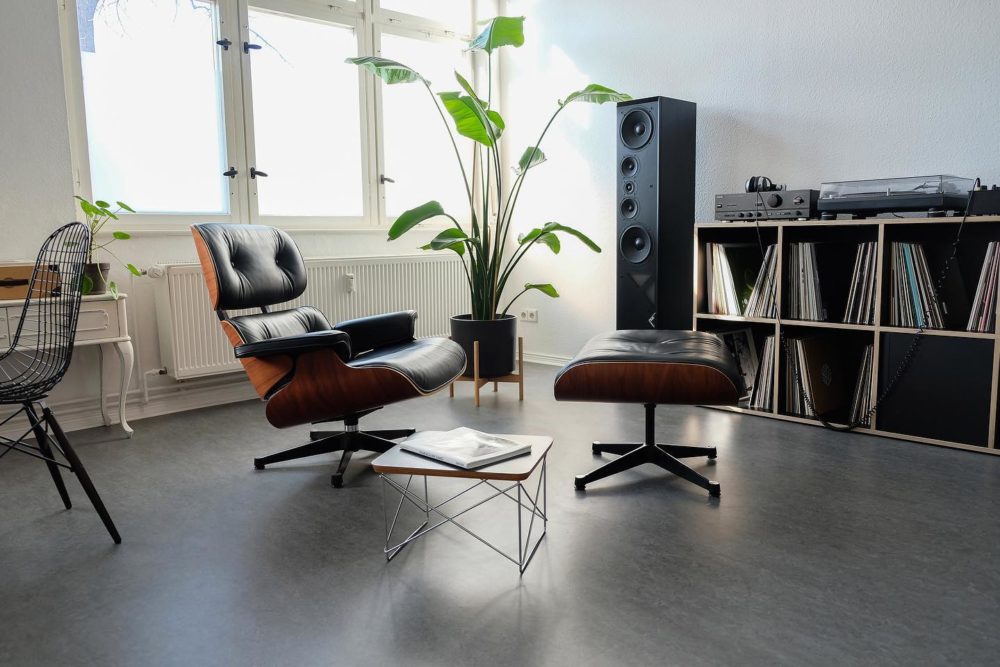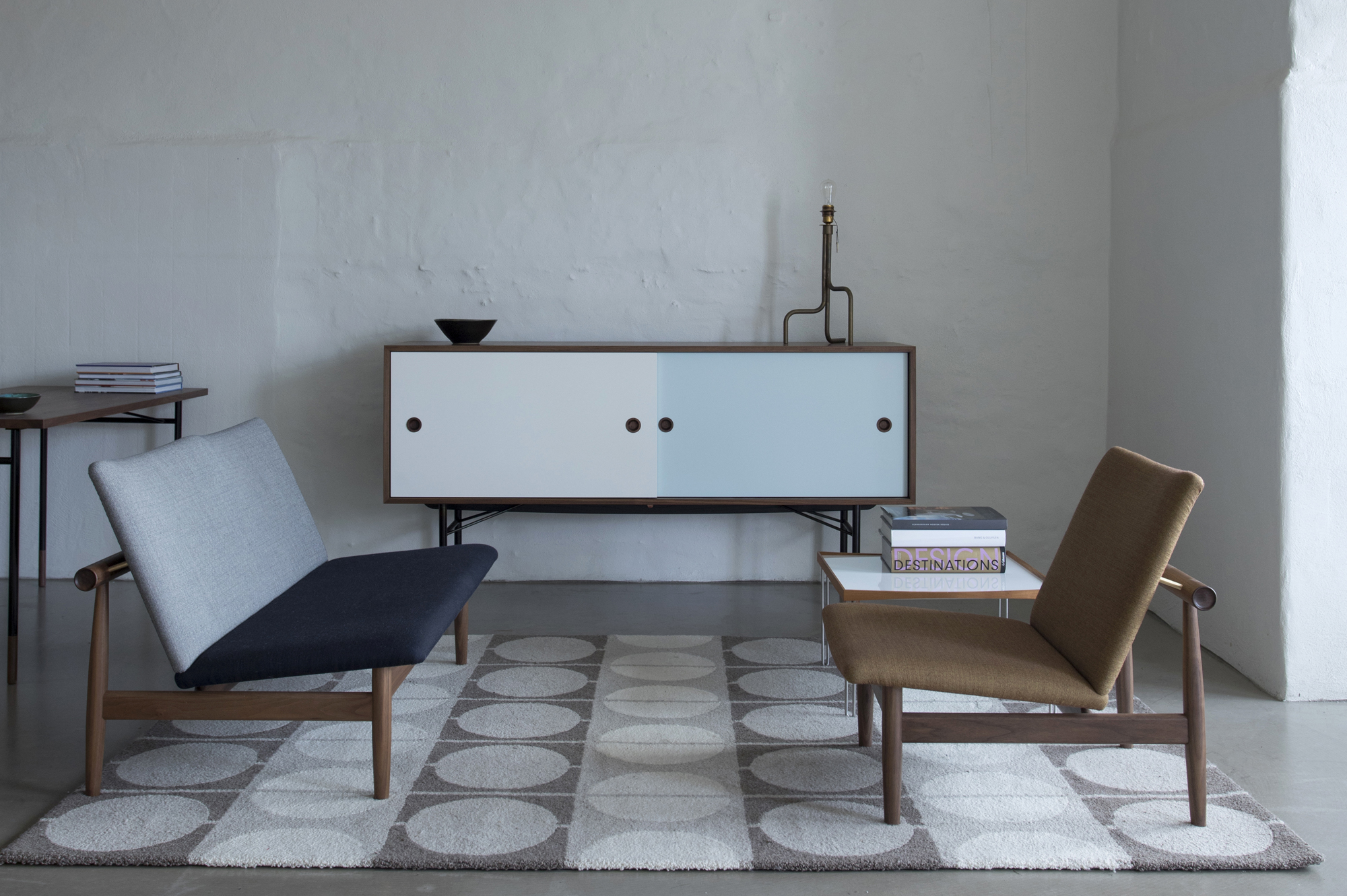Kartell Componibili
The Componibili feels as relevant today as it ever did. Its assured minimalism means it’s deceptively versatile, finding its way into any room of the home. Whether bed-side, bath-side or sat by the sofa, this ‘design classic‘ epitomises timeless aesthetic and quotidian function.
Originally known as the ‘Mobili 4970/84’, the Componibili first appeared at the Milan Furniture Fair in 1967. It was designed by Italian architect and industrial designer Anna Castelli Ferrieri, who was one of the first women to graduate from the Milan Polytechnic Institute.
Castelli Ferrieri was known for her use of bold colours, polished finishes and geometric shapes – a style that went on to define Kartell, the furniture design and production company that her husband, Giulio Castelli, founded in 1949. Castelli Ferrieri went on to become the company’s design director.
Her love of bright hues and computative forms extended beyond her furniture design. In collaboration with Ignazio Gardella, Castelli Ferrieri designed the Kartell headquarters, encompassing masses of bright red bricks into its striking exterior. Completed in 1967, the firm still use the premises today, transforming part of it into the Kartell Museo in 1999 in order to preserve the company’s significant contribution to Italy’s furniture design heritage.
The appeal of the Componibili lies in its flexibility. Available in stacks of two, three or four compartments, their interlocking shapes don’t need screws or pins, allowing them to be easily assembled or rearranged. The front panels slide out of the way using a hole, which enables the entire unit to be injection moulded from ABS plastic.
“These stacking storage units on wheels have made it possible for everyone to change their living space, shaping it to their desires, with no more conformisms.” – Anna Castelli Ferrieri in an interview for RAKAM, 1986.
The Componibili saw international acclaim in 1972, when it was displayed at the Italy: The New Domestic Landscape exhibition at the Museum of Modern Art in New York. And today, it is exhibited in the permanent collections of MOMA and The Centre Pompidou in Paris.
For its 50th anniversary, the Componibili was given a contemporary update by Italian designer Fabio Novembre, who adds character still to the unit’s anthropomorphism. Novembre plays with Castelli Ferrieri’s timeless design by using emojis: “Emojis are based on facial expressions, the ultimate preverbal form of communication,” the designer explains. “Past, present, and future are just links in the same chain; however, I am a man of my time and my responsibility is to give it form.”
Timeless indeed, but remaining relevant: In response to the environmental issues surrounding single-use plastics (such as ABS), Kartell have also released a ‘bio’ version of the Componibili as part of their ‘Kartell loves the planet‘ industrial manifesto. The Bio Componibili is constructed with a recycled thermoplastic technopolymer made with industrial scrap – a biopolymer from a renewable source and non-GMO agricultural origin. It is little wonder then that, to this day, the Componibili is a still one of Kartell’s best-selling items.

